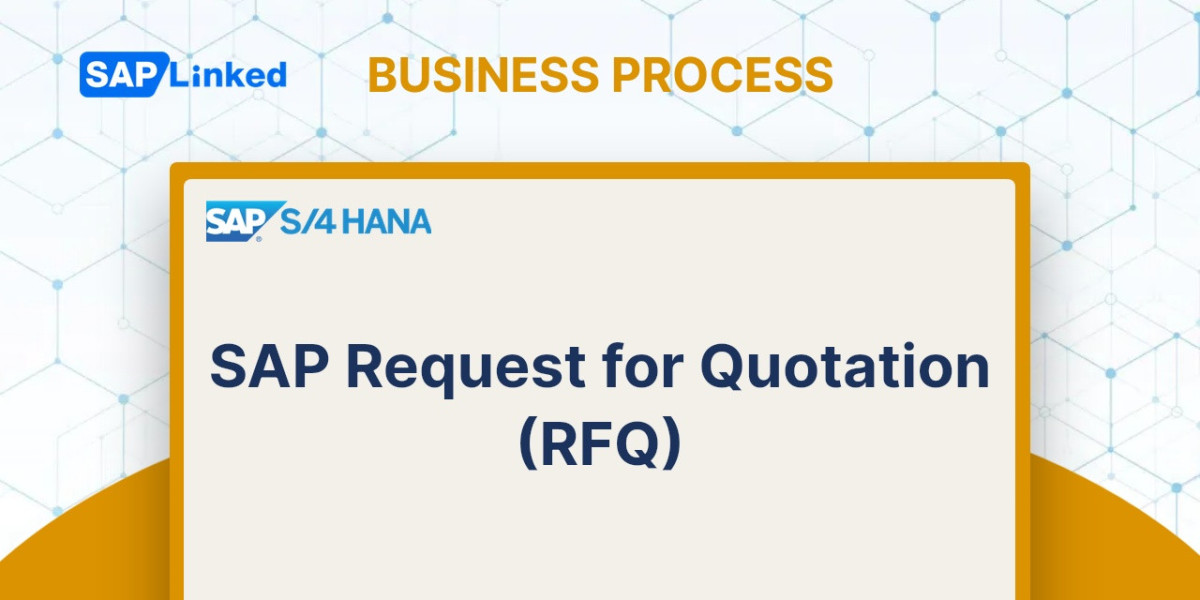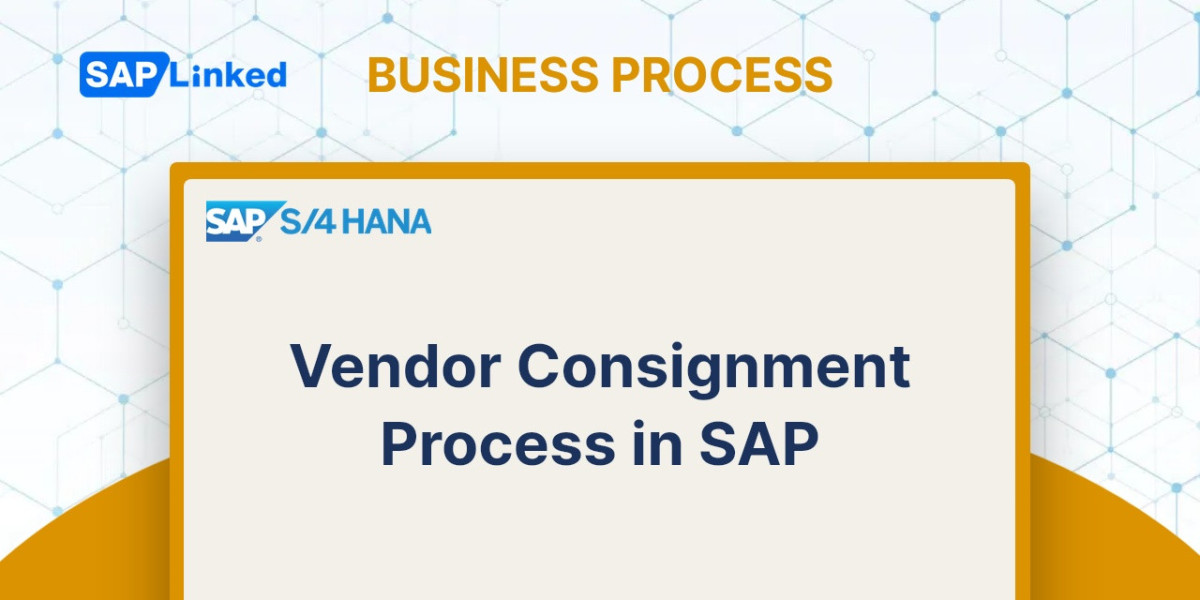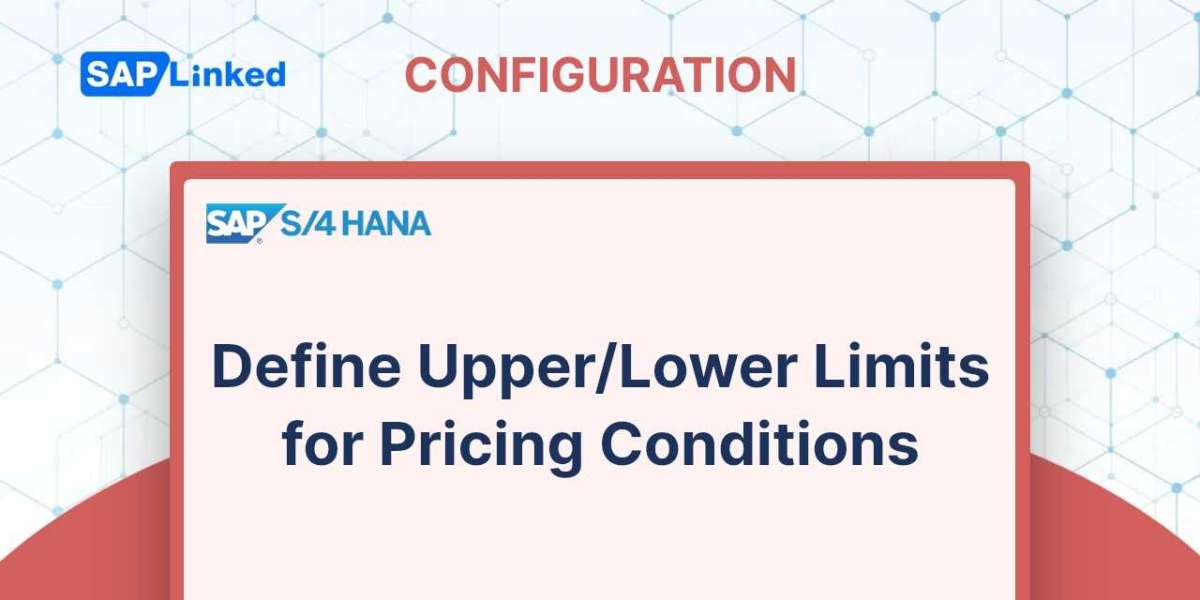In SAP ERP, procurement processes are managed and quotations from vendors are facilitated. The first step is creating a Request for Quotation. This request asks the vendor for pricing and delivery details for a specific material within a set timeframe. When creating the request, you provide information about the materials, delivery dates, and quantity. Vendors then send their quotations with pricing conditions and delivery times.
The SAP Request for Quotation (RFQ) can be raised for both physical materials and service items.
Here are the essential points for creating a request for quotation.
- Material number
- Delivery date
- Pricing condition
- Source of supply
In SAP ERP, a request for quotation can be created using the transaction ME41or it can be found in the SAP Easy Access menu through the following path:
Logistics ➢ Materials Management ➢ Purchasing ➢ RFQ/Quotation ➢ Request for Quotation ➢ Create
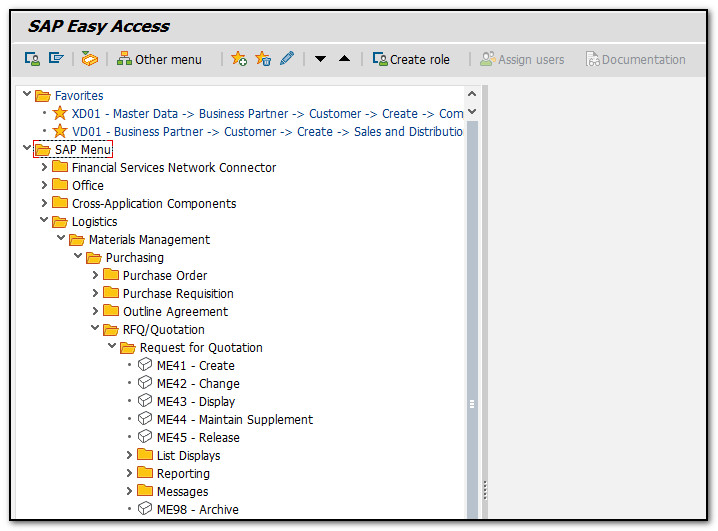
Figure 1 SAP Request for Quotation Transaction in SAP Menu
In this transaction, we have multiple options to create a request for quotation. We can create it with a reference to a purchase requisition or with a reference to an outline agreement. Even if there is no preceding document, we can still create a request for quotation. It is not mandatory to have a reference document. However, if you want to track the documents flow from requirement generation to supplier selection, you should use the reference functionality.
The picture below displays the necessary details for entering the initial screen of the create SAP request for quotation transaction.
- Quotation Deadline
- Purchasing Organization
- Purchasing group
- Delivery date.
- Plant
The Quotation Deadline refers to the date by which a vendor is required to submit a quotation.
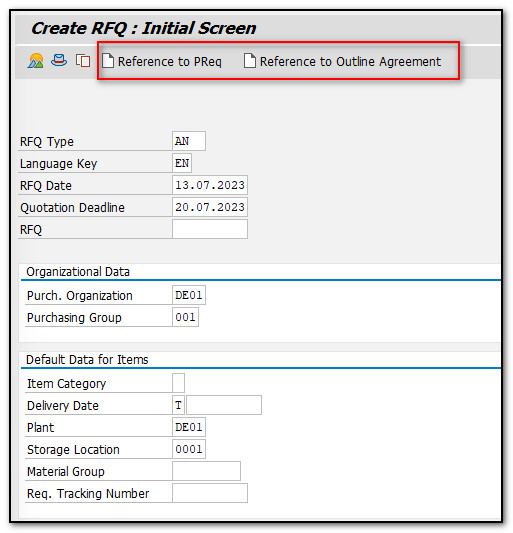
Figure 2 Create SAP Request for Quotation – Initial Screen
After clicking the Enter button on your keyboard, the SAP system will display the header screen of the transaction where you need to enter the Collective Number (Coll. No.). The Coll. No. should be a unique number. When comparing multiple quotations, you can easily locate them using this number. This eliminates the need to enter individual numbers for each quotation.
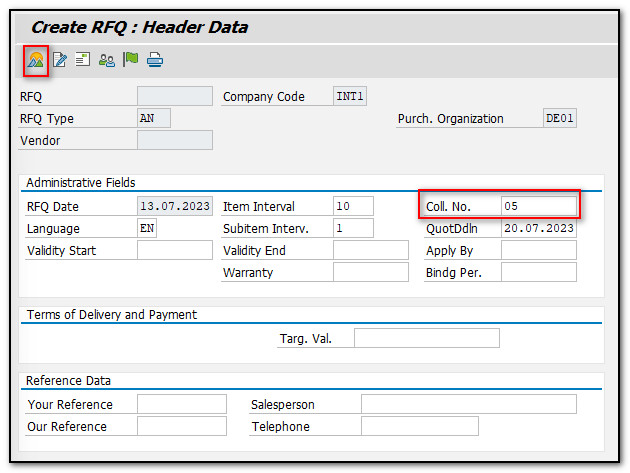
Figure 3 SAP Request for Quotation – Header Data
To edit the item data of the document, click on the overview button in the toolbar as shown in the previous image.

Figure 4 SAP Request for Quotation – Items
Enter the material number (s), RFQ quantity and delivery dates (should be later than quotation deadline date), then click on Enter. SAP request for quotation allows creation for one or multiple items.
To complete the request for quotation, enter the vendor's information. From the toolbar select Vendor Addressbutton, see Figure 4. The SAP system will then fill in all the details based on the vendor number. Finally, save the SAP request for quotation by selecting the Save button in the toolbar.
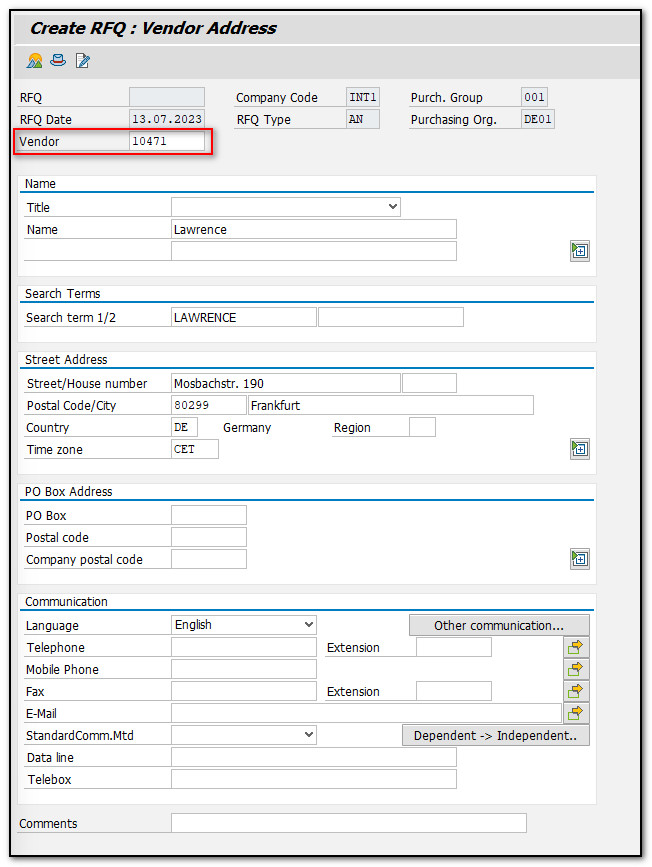
Figure 5 Create SAP Request for Quotation – Enter Vendor
SAP Quotation Maintenance
After receiving responses from vendors, they will provide details about their pricing and delivery. To enter this information into the system, use transaction ME47. You can find it in the SAP Easy Access menu by following this path:
Logistics Materials Management Purchasing RFQ/Quotation Quotation Maintain
To start the transaction, please enter the request for quotation number that matches the received quotation on the initial screen. Then, press the Enter key on the keyboard.

Figure 6 Maintain Quotation – Initial Screen
Please add or modify any details that appear in white on the next screen, such as prices and delivery dates. Other fields cannot be edited and can only be changed in the original request for quotation.

Figure 7 Maintain Quotation – Item Overview
To see details of the item, click on Item Details button as shown above. The SAP system will display a screen containing detailed pricing information. At this point, it is necessary to input the condition type PBXX, which represents the base price condition. The price offered by the vendor can be maintained against this pricing condition.
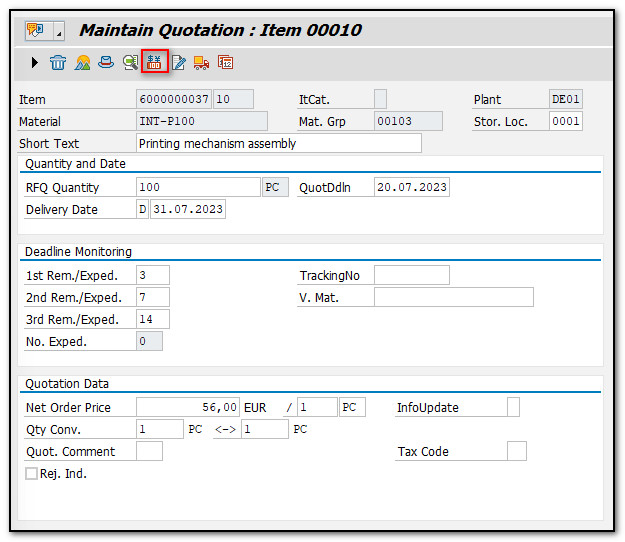
Figure 8 Maintain Quotation – Item Details
On the same SAP screen, we can maintain the applicable tax code provided by the vendor.

Figure 9 Maintain Quotation – Tax information
If the price includes multiple components, you can enter all the details about pricing conditions using the button depicted in the screenshot above.
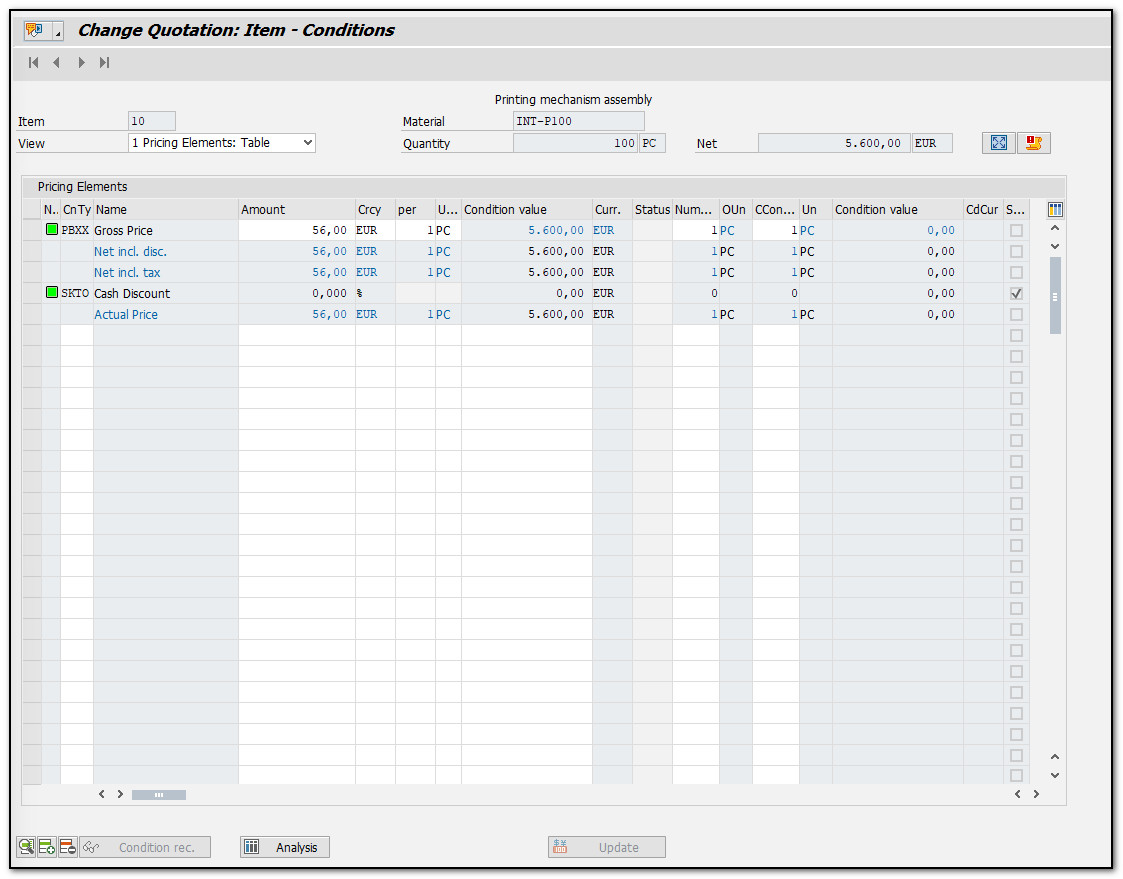
Figure 10 Maintain Quotation – Pricing Conditions
If the vendor has any additional pricing conditions, such as freight charges, they can also be entered here on the pricing condition screen, using the example of maintaining the freight condition FRB1 as an example, any pricing conditions from the supplier can be maintained here as well.
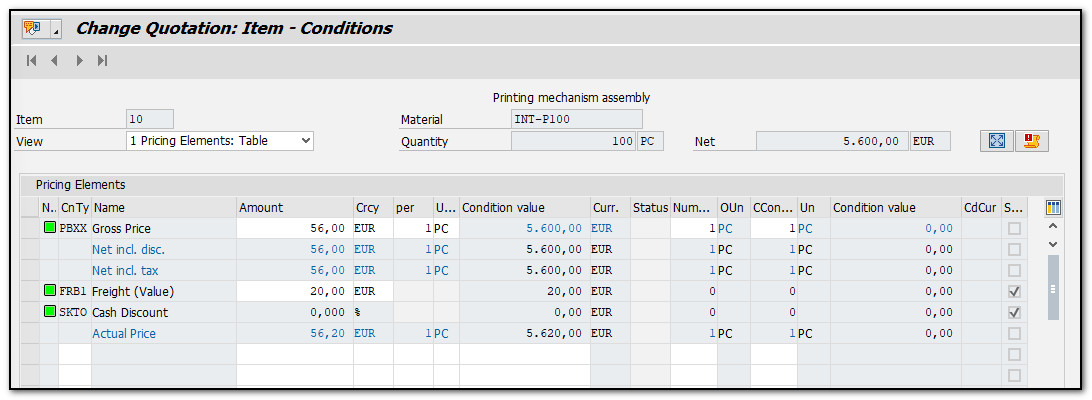
Figure 11 Maintain Quotation – Pricing Conditions Supplements
After returning to the screen with the items overview, click the Save button on the toolbar to create the quotation. All other quotations from different vendors should be maintained in the same manner.
Comparison of Quotations
SAP ERP assists the procurement department in comparing quotations and provides a dedicated transaction for this task.
To access the transaction ME49 in SAP, you can either go directly to it or follow the path in the SAP Easy Access menu.
Logistics Materials Management Purchasing RFQ/Quotation Quotation Price Comparison
The initial screen of the ME49 transaction requires the inputs of the Purchase Organization and either multiple quotation numbers or the collective RFQ number that has been maintained in the requests for quotations.
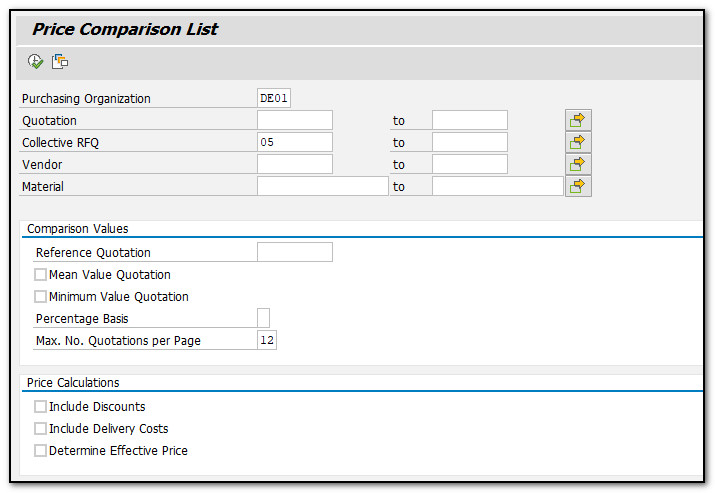
Figure 12 Price Comparison List – Selection Screen
In the Comparison tab, you have the option to select either Mean Value Quotation or Minimum Value Quotation to run the report. Afterward, click on the Execute button in the toolbar.

Figure 13 Price Comparison List
The SAP system will display a screen that presents a comparison of multiple quotations. On this screen, you can review and compare the net prices, allowing you to make a selection or rejection based on price.
To reject a quotation, you can follow these steps: select the quotation, then click on the Change Quotation icon in the toolbar, as shown in the screenshot below.

Figure 14 Price Comparison List - Changing Quotation
On the following screen, you have the option to choose the rejection indicator (Rej. Ind.) to reject the quotation.
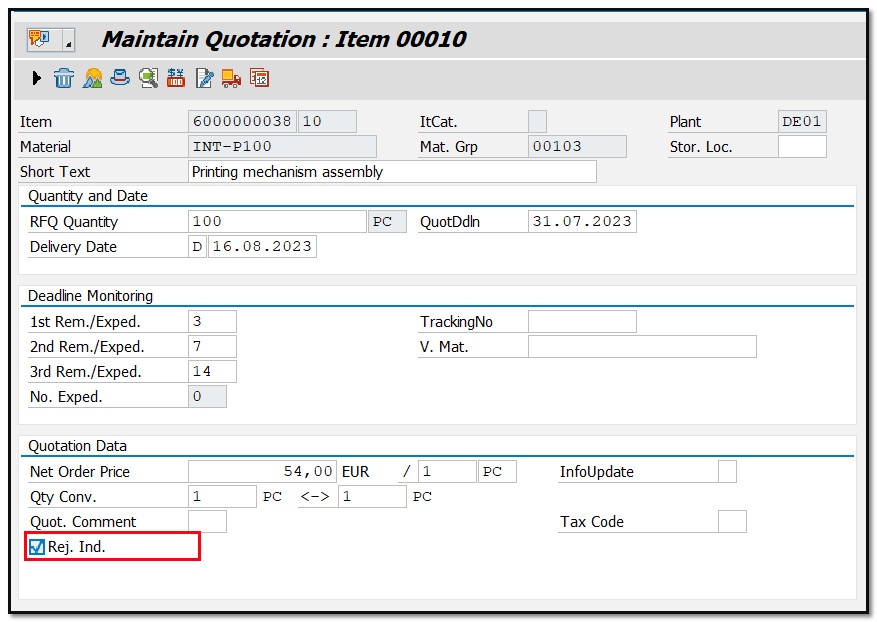
Figure 15 Setting Rejection Indicator
Create a Purchase Order based on Quotation
After reviewing and rejecting quotes that don't meet your requirements, you can proceed with ordering materials from the vendor who gave the most favorable quotation. Use the transaction ME21N and generate a new purchase order referencing the chosen quotation.
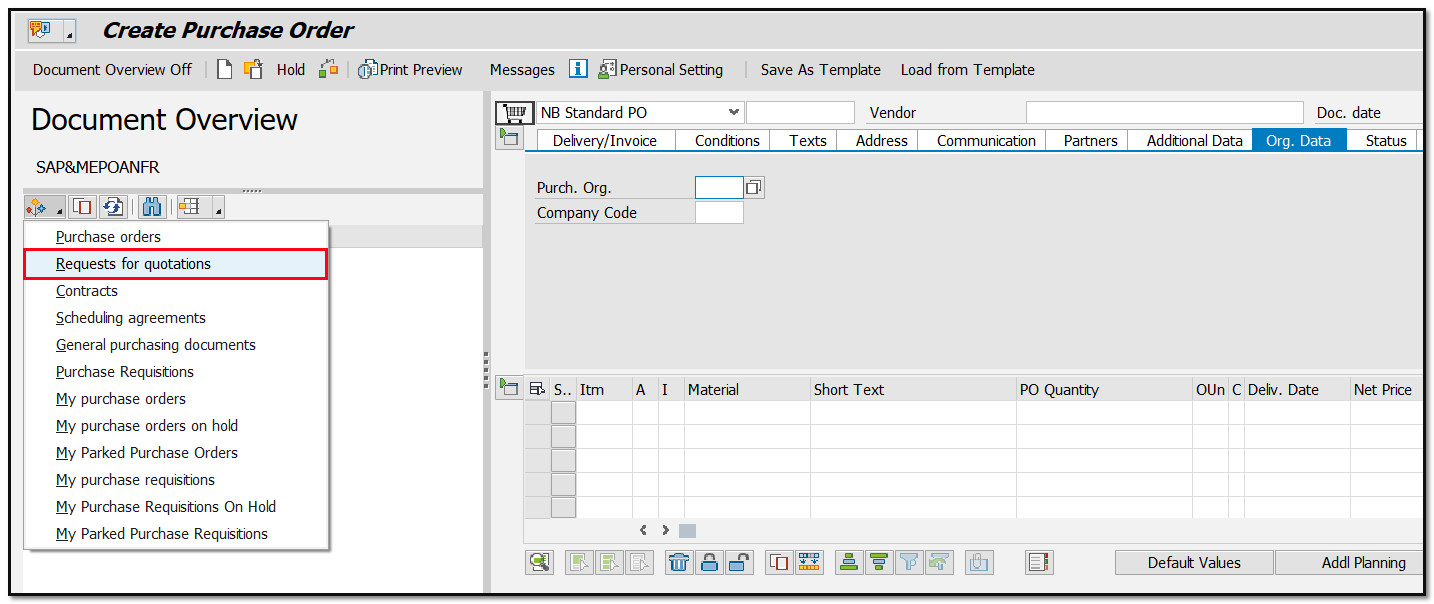
Figure 16 Purchase Order Creation – Document Overview
You can choose a quotation from the list of purchasing documents on the left sidebar, but please note that selecting a rejected quotation will result in an error message.

Figure 17 Create a Purchase Order based on a Quotation
Now you can proceed with the standard purchase order processing, for more details please refer to the article: Creation of Purchase Order with known Vendor.
